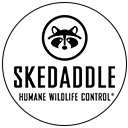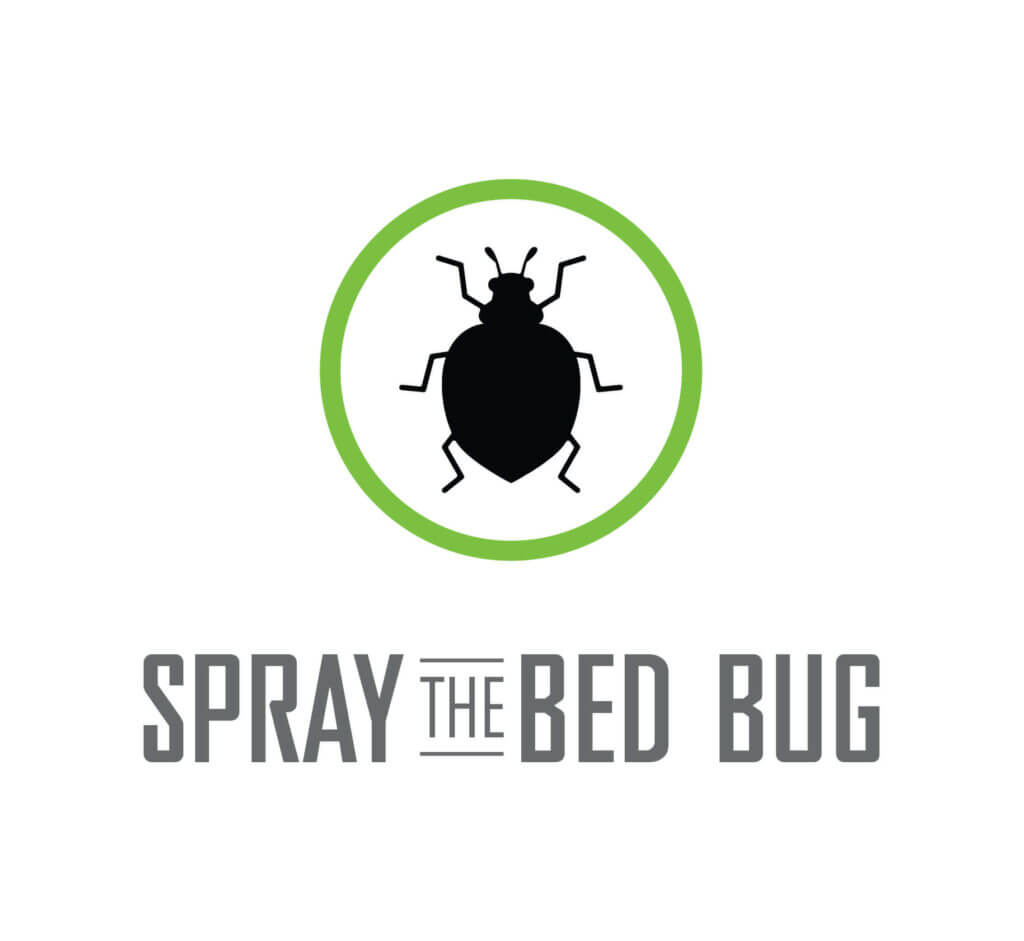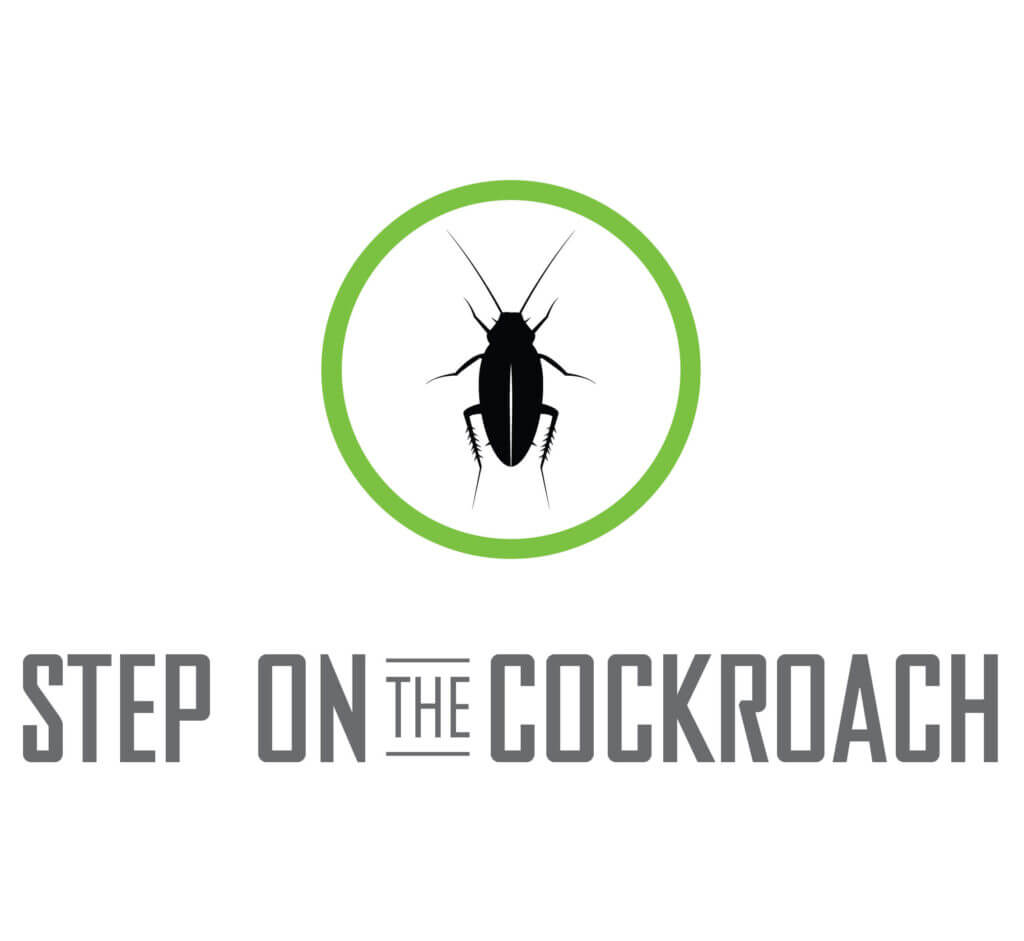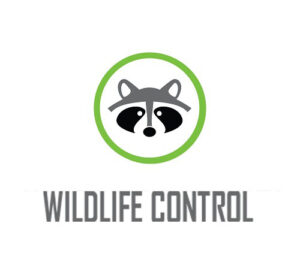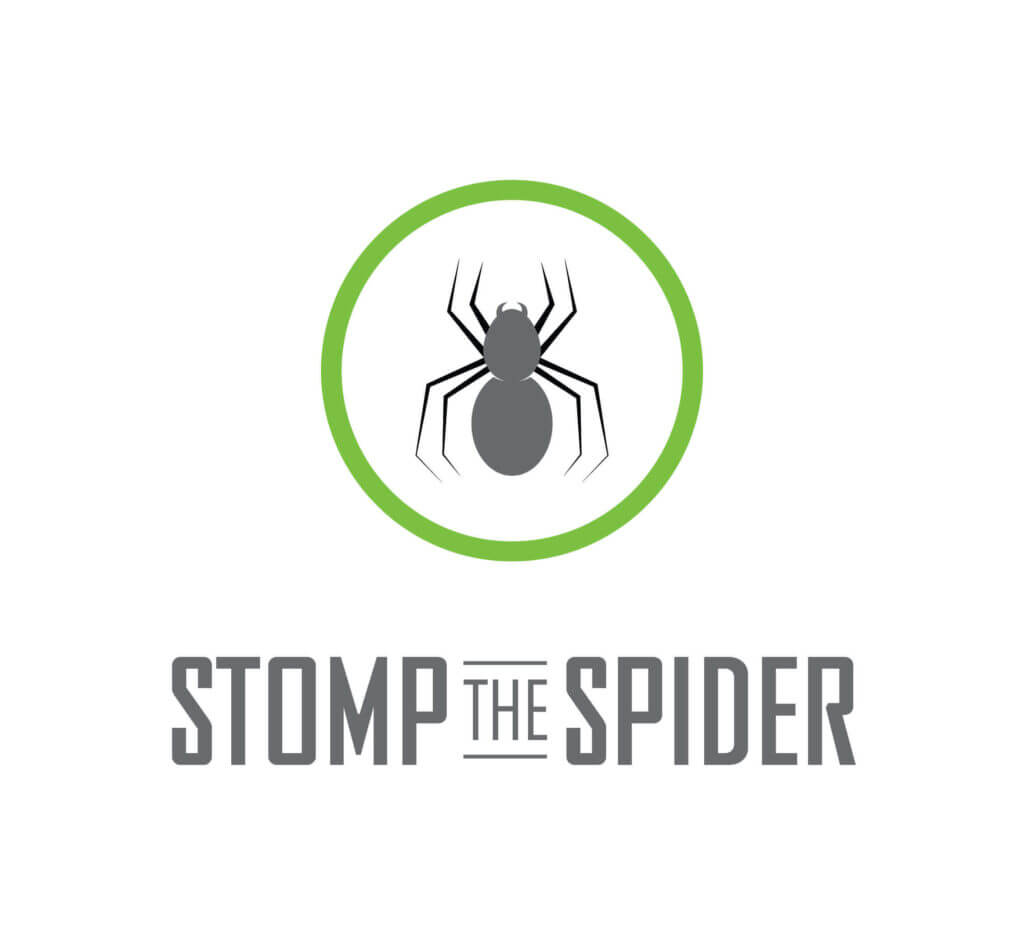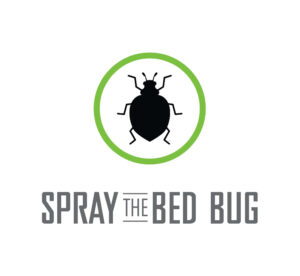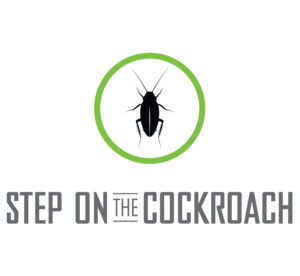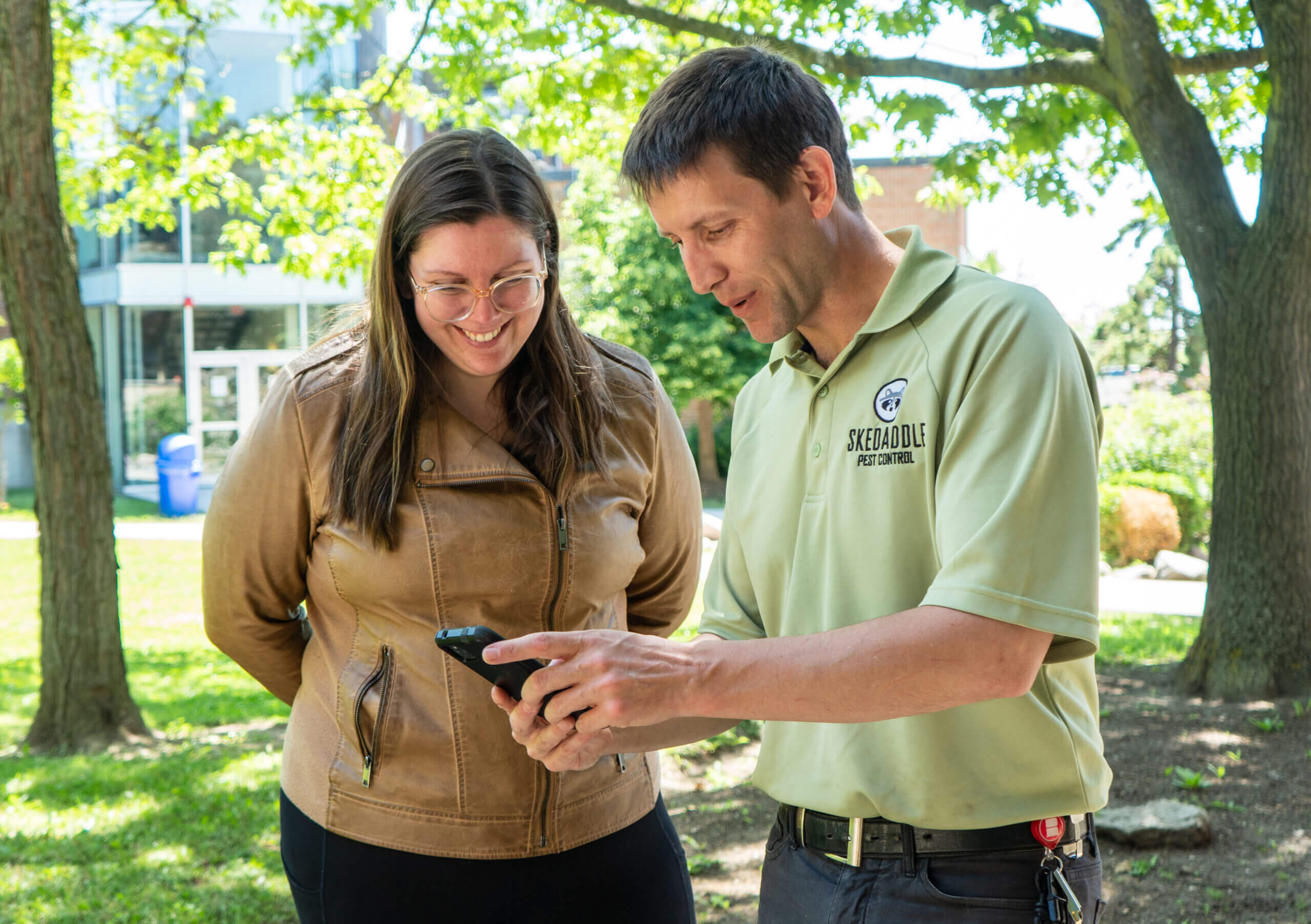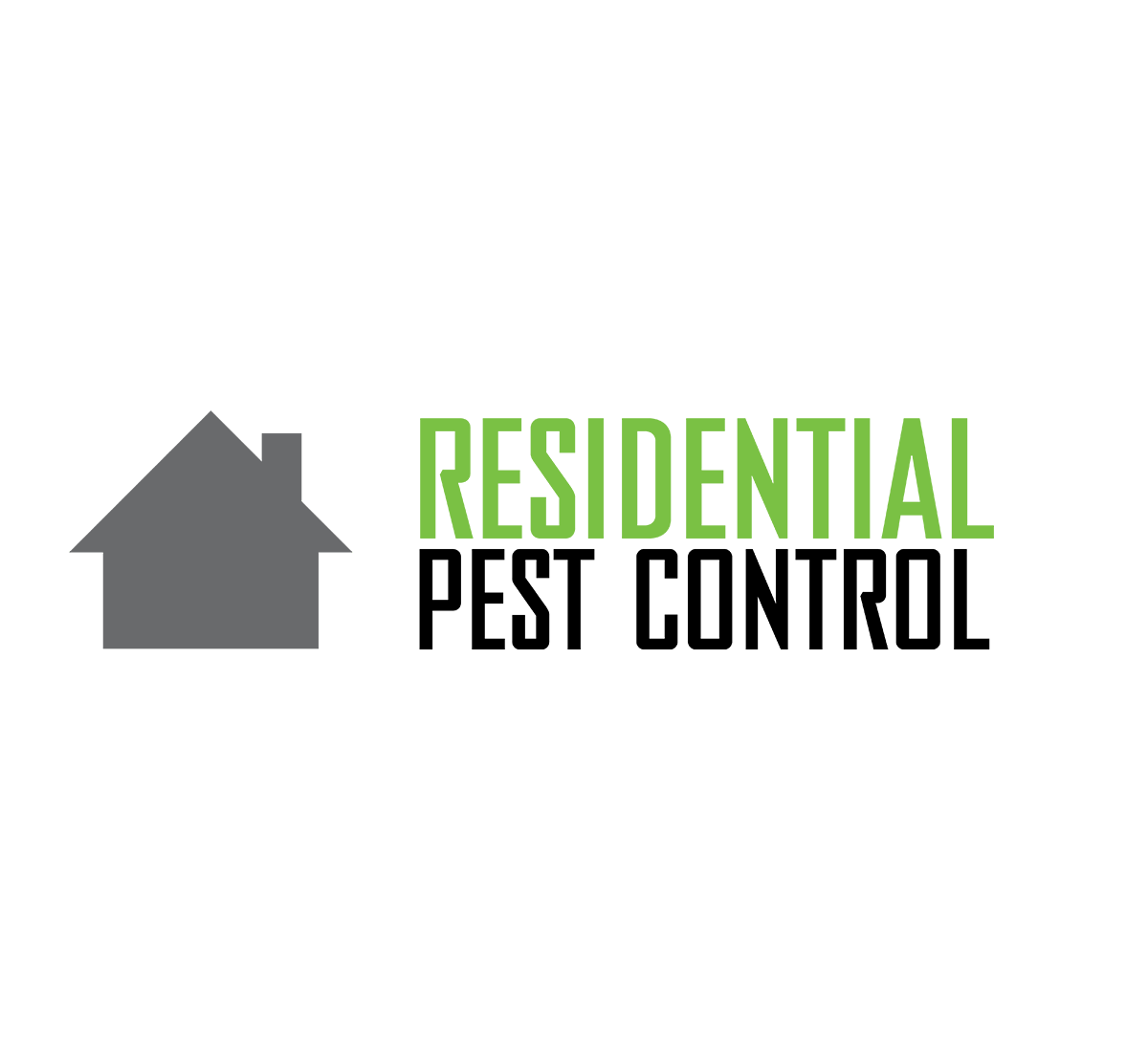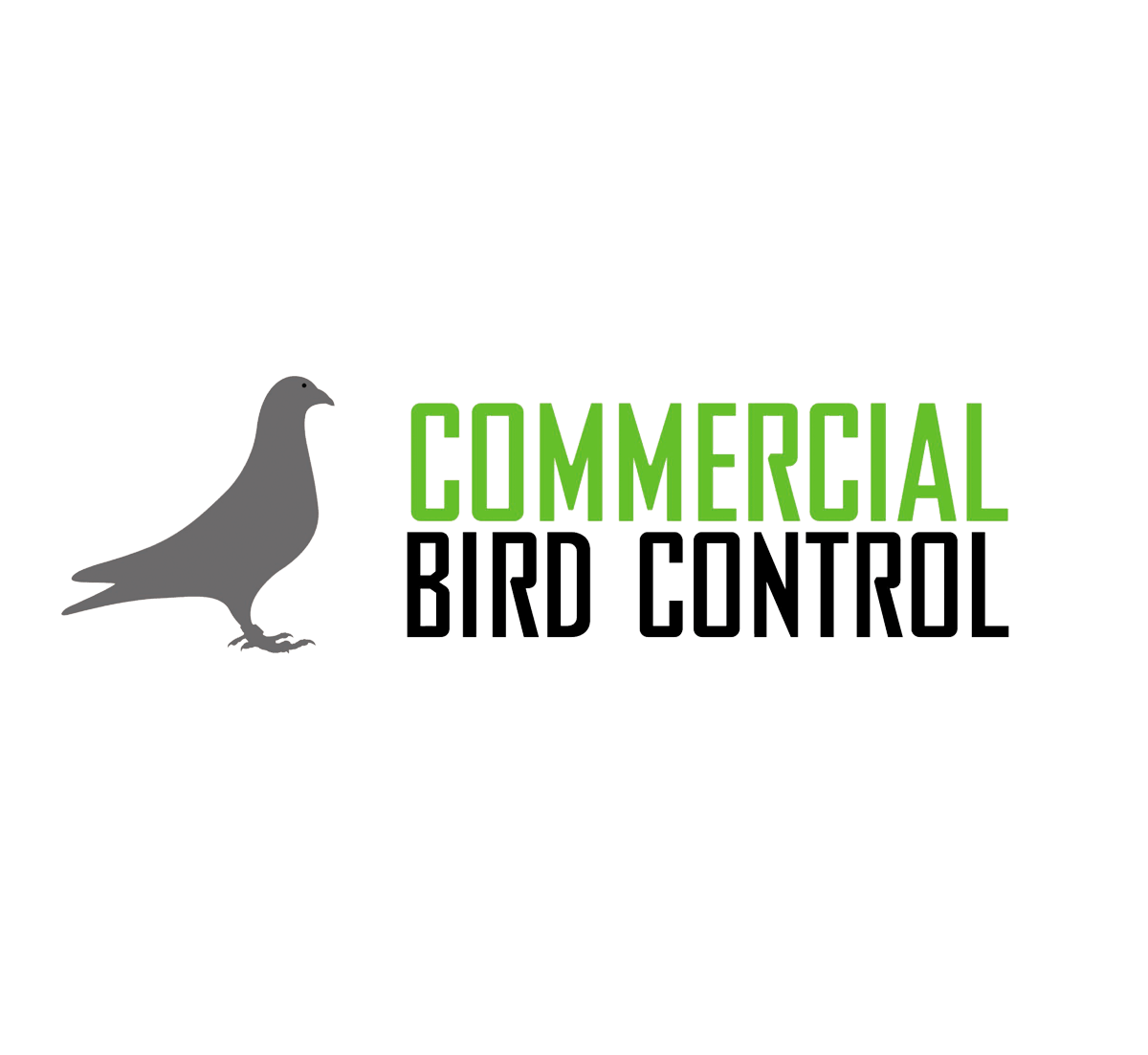Skedaddle is your trusted partner for humane, effective wildlife control. Each year, many Cambridge residents experience conflicts with wildlife around their homes and properties. As the city grows and blends residential and green spaces, Cambridge will remain home to a wide variety of wildlife species. These animals often seek shelter in attics, chimneys, sheds, and garages—causing damage and creating health and safety concerns for homeowners. At Skedaddle Humane Wildlife Control, we understand the local landscape and offer humane, effective solutions to remove and prevent wildlife from invading your space.
Cambridge’s unique geography—nestled along the Grand River and home to extensive green spaces like Riverside Park, Shade’s Mills Conservation Area, and Dumfries Conservation Area—makes it a hotspot for urban wildlife. These natural corridors allow animals like raccoons, squirrels, and skunks to thrive in residential neighbourhoods. While development has pushed some species out, many have adapted to life in the city, using buildings and homes as shelter and feeding off the many food sources offered by humans.
The mix of historic neighbourhoods with mature trees, newer subdivisions, and commercial development in Cambridge creates an ideal environment for native and invasive species alike. Homeowners commonly deal with squirrels nesting in roofs, raccoons in attics, and rodents slipping through the smallest cracks to find shelter indoors. With more infrastructure upgrades and housing developments underway, wildlife encounters in Cambridge are sure to rise.

CAMBRIDGE WILDLIFE REMOVAL
Cambridge’s mix of natural and suburban areas means more wildlife sightings—and more opportunities for animals to invade homes. Skedaddle receives calls from every corner of the city but the highest oncentrations of wildlife challenges tend to occur in the oldest, densest neighbourhoods, including West Galt, Hespeler Village and Preston. Urban animals have adapted well to these established communities, where large concentrations of den sites and food sources help to support strong wildlife populations.
Raccoons, found throughout Cambridge, are bold and known to break into attics, sheds and garages or flip over garbage bins in search of food. In any given year, raccoons are the most common complaint among Cambridge residents. Squirrels are not far behind in that regard, and may look playful chasing each other through the trees in Soper Park, they can be destructive if they chew their way into your attic or vents.
Rodent activity is also on the rise in Cambridge, and can pick up in intensity wherever large scale construction or infrastructure projects occur. While mice are a common household pest in both older and newer neighbourhoods while rat calls tend to be concentrated in the downtown cores of Galt, Preston and Hespeler. Rats can be especially challenging for commercial and industrial clients situated in the city’s multiple business parks.
Rats and mice can sneak through even the smallest entry points and often go undetected until damage has already been done. Their presence can be traced to older plumbing systems, structural gaps, and changing landscapes due to construction.
No matter where you call home in Cambridge, it’s important to take wildlife issues seriously and act quickly to avoid long-term damage or infestations.
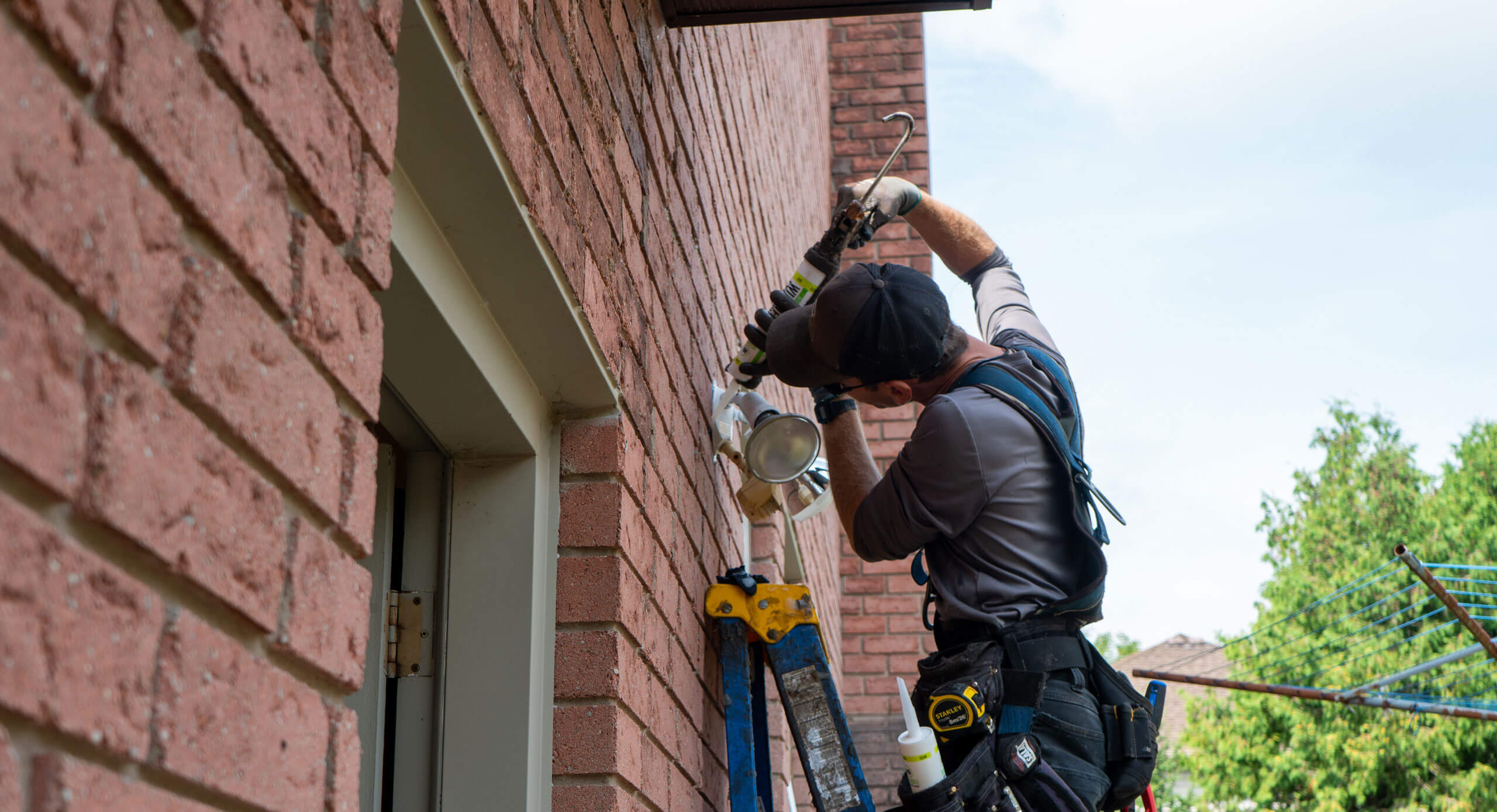
THE SKEDADDLE APPROACH TO WILDLIFE REMOVAL
Since 1989, Skedaddle Humane Wildlife Control has proudly served homeowners and businesses across Ontario. Our Cambridge team specializes in humane removal techniques designed to keep both wildlife and your property safe. We deal with all the common local species, including: raccoons, squirrels, mice, rats, bats, birds, and skunks.
Assess & Remove – In most cases, the first step to removing wildlife from your home is an inspection performed by one of our trained technicians. Sometimes it is just the occasional sound of scratching or a thump in the night that might alert a homeowner to trouble. Our job during an initial inspection is to determine which species has made entry, how they have done it and what sort of damage they have done. From there, we can arrive at a removal, clean up and prevention plan.
Spring and summer are especially active seasons for urban wildlife in Cambridge, as animals seek safe places to give birth and raise young. Attempting removal during this time requires a strategic, thoughtful plan to avoid trapping mothers away from their babies. Skedaddle’s trained professionals understand these seasonal behaviours and use techniques that ensure safe, complete removal of wildlife families before securing all potential entry points.
Clear & Clean – Wild animals are not tidy house guests and they can cause tremendous amounts of property damage. As part of our process our technicians will get into dark, cramped and hot attic and crawl spaces to evaluate the extent of any wildlife damage, share photos and videos and prepare a remediation plan to remove droppings and replace soiled building materials like insulation or vapour barrier.
Prevent & Protect – The final step in the process is to ensure your home and family remain protected against future wildlife entry. To do this, Skedaddle’s technicians rely on knowledge and experience to identify and secure any vulnerable areas of your home.
We prioritize long-term solutions—offering a full suite of removal, cleanup, and prevention services that protect your home against future invasions. DIY wildlife removal can be dangerous and ineffective, especially when dealing with babies. Trust our trained experts to deliver a thorough inspection and humane removal plan tailored to your home.
URBAN WILDLIFE FOUND IN CAMBRIDGE
Many wildlife species in Cambridge can cause costly damage and health concerns when they enter a home. Here’s what to watch out for:
Common along the Grand River and throughout most Cambridge neighbourhoods, raccoons are strong and curious. They can rip apart soffits and vents to gain access to attics, then trample insulation and leave behind contaminated feces. They’re especially active in spring when female raccoons search out den sites to raise young.
Squirrels are more commonly found in older neighbourhoods with mature tree canopies. Large trees provide squirrels with food, travel routes and nesting opportunities. Living alongside humans helps to supplement their diet and in urban areas birdfeeders help to support large populations. They often enter homes by chewing through wood or vinyl siding, settling into attic spaces or wall voids. Squirrels also frequently chew on wires, posing a fire risk.
Mice are the most commonly found rodent in Cambridge homes. They can enter through tiny gaps, and once inside, they tend to nest in basements, attics, behind appliances, or within walls. In both historic homes in downtown Galt and newer builds in the eastern part of the city, mice can chew on electrical lines and insulation, and leave droppings that pose a health risk.
Rat sightings in Cambridge were once confined to core downtown areas but have recently expanded to other parts of the city. Norway rats prefer ground level and subterranean nesting sites and often make their way into basements either by chewing building materials or from the sewer system by way of plumbing pipes.
Cambridge homes—especially older ones—can host large bat colonies that occupy attics and walls. These colonies may go unnoticed until a bat finds its way into the living area of the home, usually during the summer when they are most active. Bats in Ontario can carry rabies, so it’s crucial to handle any incident with professional help.
Often found in areas like North Dumfries or around Soper Park, skunks dig under decks, sheds, or porches to create dens. The odour from a startled skunk can linger inside your home, and pets risk being sprayed if they get too curious.
In suburban areas and new developments, cavity-nesting birds like starlings often build nests inside the vent openings of homes. Riverside Park has suffered annual challenges related to Canadian geese that favour wide open expanses. Pigeons are the messy birds that prefer to roost at heights and can be found in large concentrations leaving behind harmful droppings in the downtown cores.
Skedaddle Cambridge Did You Know?
Does Skedaddle Cambridge Service Local Areas?
Yes. Skedaddle services Cambridge and the surrounding area, including Ayr and North Dumfries.
Does Skedaddle Cambridge Offer Pest Control?
Yes. We also provide pest control services to address Cambridge’s most common household pests including ants, spiders, cockroaches, wasps, and more. Whether it’s a pest infestation or wildlife issue, we have you covered.
Does the Cambridge & District Humane Society Remove Nuisance Wildlife
The Cambridge & District Humane Society is contracted by the City of Cambridge to provide aid to sick and injured wildlife but they do not offer services to remove wildlife that have occupied homes and other buildings. In cases like this, it is the owner of the property that is responsible for removing nuisance wildlife. The Cambridge & District Humane Society endorses Skedaddle for the wildlife removal methods that we use.
Can I Feed Wildlife in Cambridge?
No. The City of Cambridge discourages feeding wildlife, especially in public areas and parks. It can attract nuisance animals, increase aggressive behaviours, and lead to dangerous situations for people and pets.
Is It Legal to Trap and Relocate Wildlife in Cambridge?
The province of Ontario has rules and regulations around trapping and relocating wildlife, including a provision against relocating wildlife any further than 1km from where it was captured. Trapping and relocating wildlife can be inhumane and is most ineffective at solving wildlife challenges long-term.
CHECK OUT OUR LATEST BLOG
Mice In The Basement: How To Deal With An Infestation
What Could Be Attracting Raccoons To Your Home? Tips From Our Wildlife Experts




